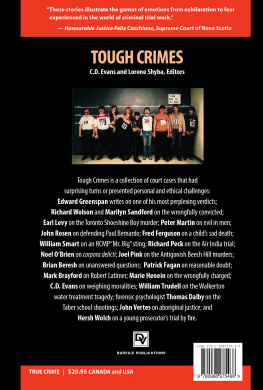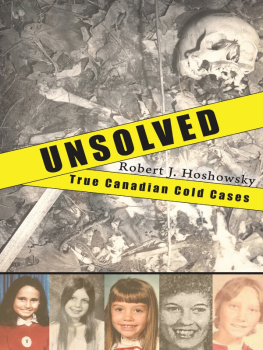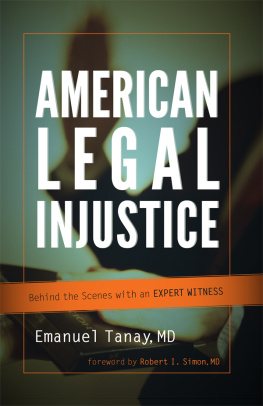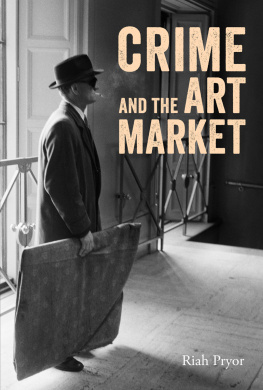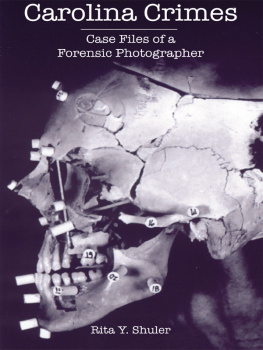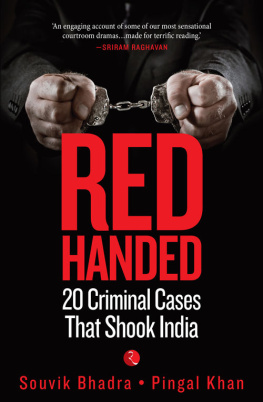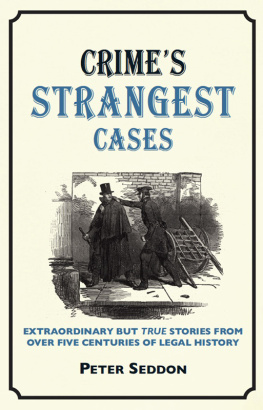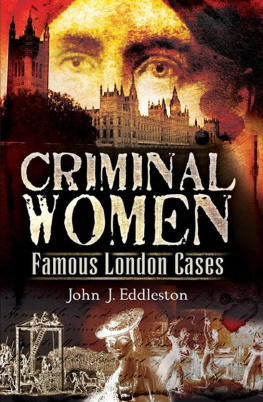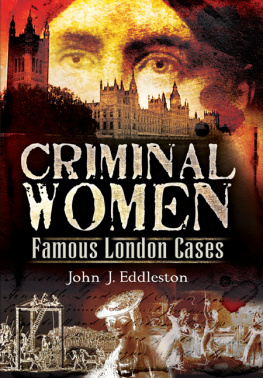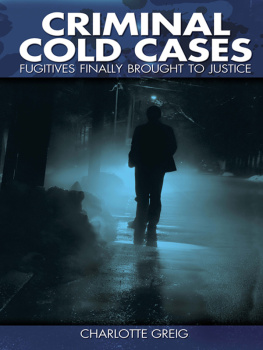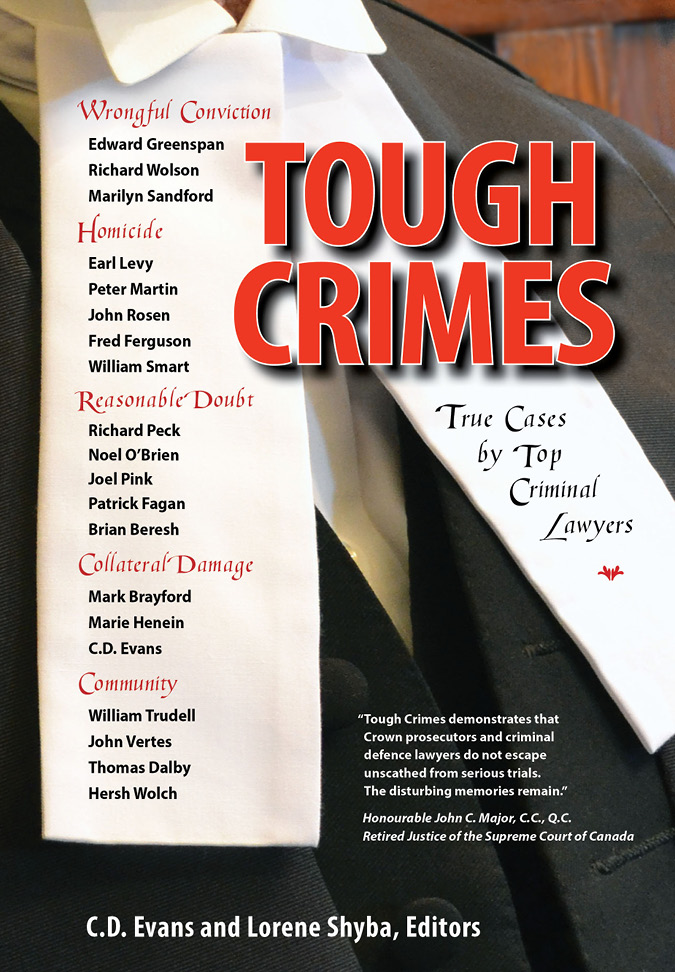TOUGH CRIMES
True Cases By Top Criminal Lawyers

edited by
C.D. Evans and Lorene Shyba

CONTENT
Durvile Publications Ltd.
Calgary, Alberta, Canada
www.durvile.com
Copyright 2014
Reflowable E-Pub 2018
Tough Crimes is Book One in the True Cases Series

All rights reserved. No part of this publication may be produced, stored in a retrieval system or transmitted in any form or by any means without prior written consent. Contact Durvile Publications Ltd. for details. The statements, views, and opinions contained in this publication are solely those of the individual authors and contributors and not of the publisher and the editors. No one involved in this publication is attempting to render legal advice. Neither the publisher nor the editors can be held responsible for errors, accuracy, or currency of content; for the results of any action taken on the basis of the information in the book; or consequences arising from the use of information contained herein.
Dedications
We dedicate the e-pub edition of this book to our authors who have passed on, Edward L. Greenspan and Hersh Wolch, great barristers, both.
C.D. Evans and Lorene Shyba
Introduction
C.D. Evans and Lorene Shyba
Our mutual aim in editing this collection was to create a publishing first; a book of true cases written directly by top Canadian criminal lawyers designed not only for the profession, but for informed readers as well. With this in mind, we challenged eminent criminal defence lawyers and prosecutors to think about cases that were perplexing or disquieting, had weird or surprising turns, or presented personal or ethical issues. A good number of them met our challenge and their thoughts eventually emerged as this Tough Crimes anthology; stories about cases that tugged on their emotions as they reflected back on their world of criminal trial work. As William Trudell says in his poignant chapter on the Walkerton water treatment disaster, Tough crimes demand tough decisions.
As we travelled across the county meeting with prospective authors, we detected an enthusiasm for our concept but neither of us anticipated the intense efforts that were to be made by our authors to meet our guidelines and inject their hearts and souls into their compositions. It took two years to complete this book, but we feel satisfied that readers will appreciate a chance to read more than just the medias take on persons accused of public crime; instead having a chance to hear directly from the lawyers who prosecuted or defended them.
Once we settled with our authors on subject matter, we edited gently, allowing individual voices to come through. We occasionally nudged the writers toward the gritty heart of the story but never curbed the excitement and passion that shone through in their narratives. We didnt mine for answers to unanswered questions as these often provided the energy; seething frustration is sometimes what the story is about. Some of our natural storytellers came up with surprisingly funny twists and turns too. That said, thoughtful and insightful solutions and reprimands have been revealed, worthy of a close read and maybe even ideas for action on policy change.
As a collective voice, our authors discussed the full range of precepts in cases of criminal justice: the presumption of innocence; the right of all accused persons to a defence; the burden of proof; reasonable doubt; and the importance of juries as triers of fact. As the stories dealing with these crucial matters came across our desks, we realized they clustered into themes and it was in this way that we developed our sections on Wrongful Conviction, Homicide, Reasonable Doubt, Collateral Damage, and Community.
In the section on Wrongful Conviction, respected criminal defence lawyer Edward Greenspan QC plunges us into the book with A Miscarriage of Justice, about the conviction of a client he, and just about everyone else except the jury, considered to be innocent. In A Perfect Storm, Richard Wolson QC reviews a high-profile Inquiry into a wrongful conviction with details of a criminal investigation and a prosecution that careened off the tracks. Finishing the section is Marilyn Sandfords Twenty-Seven Lost Years which gives a compassionate account of the release of a wrongfully convicted man after a long prison sentence.
The Criminal Code of Canada defines Culpable Homicide as including crimes of murder, manslaughter, and infanticide. In the Homicide section, Earl Levy QC starts out with Toronto Loses Its Innocence: the Shoeshine Boy Murder a chapter that has social ramifications well beyond its horrendous facts. Next, Justice Peter Martins Mans Inhumanity is a chilling indictment of the profound effect of absolute evil. John Rosens account of Defending Paul Bernardo provides insight into the ethical duty to undertake the defence of all who ask for a lawyers professional services. Justice Fred Ferguson, in his greatly moving chapter The Case of John Ryan Turner, informs us of the agonizing decision required of this Crown prosecutor on the just and appropriate charge to prefer. To end the section on homicide, William Smart QC takes us on a surprising ride of twists and turns in The Rest of the Story, introducing us to Mr. Big.
In the section on Reasonable Doubt, Air India gives us an idea of the magnitude and scope of the four-and-a-half-year commitment through the eyes of Richard Peck QC. In Corpora Delicti, Noel OBrien QC then illuminates the spectacle of the police and the prosecution scratching their heads over the absence of a body in a homicide trial. In The Antigonish Beech Hill Murders, a jury in a small community appreciates defence counsel Joel Pink QCs admonition to them on reasonable doubt. Following that, it took the worldly ex-cop Pat Fagan QC to fight for an acquittal in the aftermath of a deadly fist-fight in his story Boys Will Be Boys. Finishing the section, Brian Beresh QCs In Defence of Larry Fisher emphasizes the isolation of the criminal lawyer who takes on a challenging defence brief for an unpopular client.
Originally a military term, Collateral Damage, in our context, means disproportional damage visited on sympathetic targets. A prime example is Democratic Freedoms Undermined, Mark Brayford QCs article that strongly endorses jury nullification in his championship of Robert Latimer. Next, in Split-Seconds Matter, Marie Henein discloses a courageous defence strategy where harsh damage was caused to the former Attorney General of Ontario, a person who should not have been a target at all. To end this section, in Weighing Moralities of a Victimless Crime, editor C.D. Evans QC fulminates against sanctimonious prosecutions.
In Community, we encounter observations of defence counsel as they express, in unique ways, feelings of fellowship. Firstly William Trudells story The Walkerton Tragedy describes the generosity and forgiveness of a town stricken with contaminated water. Then Hon. John Vertes story, The Case of Henry Innuksuk, depicts the rallying of a remote Inuit community in support of one of theirs who has fallen. Still within the theme of Community, forensic psychologist Dr. Thomas Dalby examines the impacts of The Taber School Shooting, including factors to be considered when deciding on youth or adult court for young offenders. It remains for Hersh Wolch QC in The Young Prosecutors Trial by Fire to take us into his first homicide case, as the raising of the curtain on an outstanding career.

